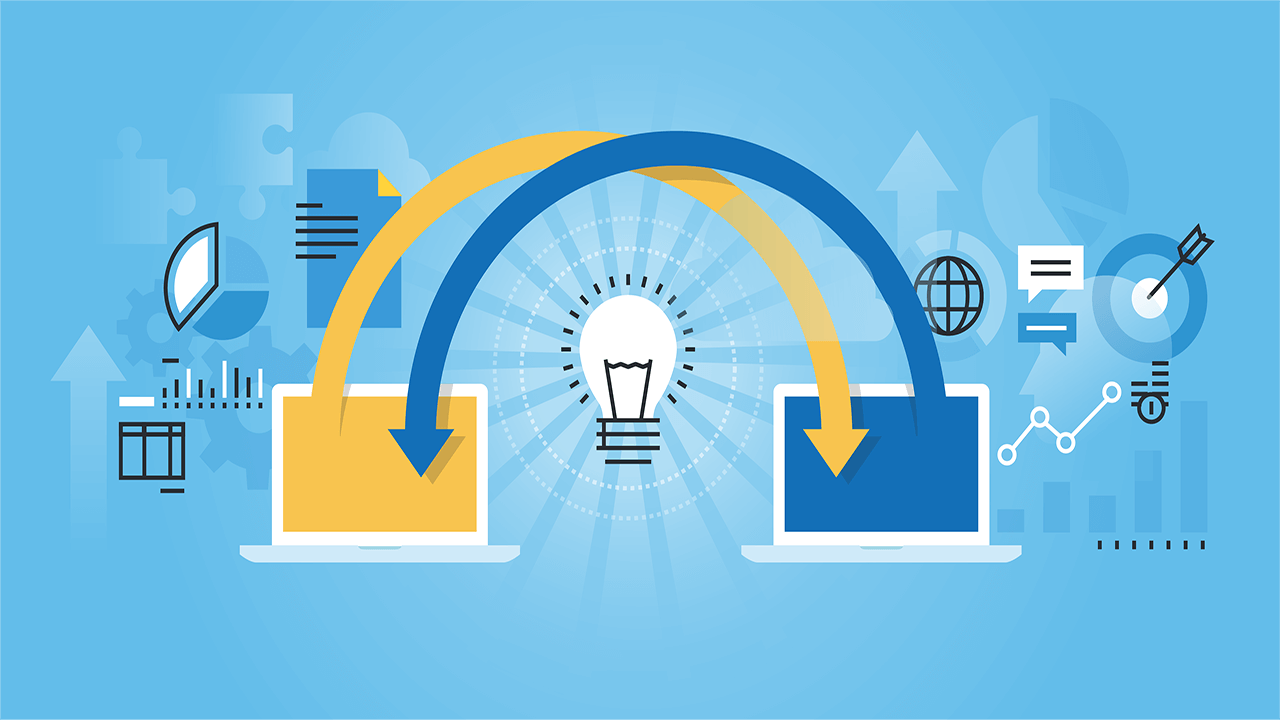Many agency managers face the same problem: business slows down, delivery times slip, and growth stagnates. What do they usually do? Add more software or hire more staff. But the same problems return within weeks. Why? Because the issue often lies not in the tools or team size — but in how operations flow, or more precisely, where they don’t.
Improving your workflow means optimizing how tasks are assigned, tracked, and delivered. It makes your agency run smoother, your team more efficient, and your clients happier. Let’s look at the root causes of most agency delays — and how to solve them without relying solely on new apps.
Common Bottlenecks That Kill Agency Performance
Even with great teams and solid software, agencies often hit the same walls. Most delays come from these common workflow problems:
- Scattered client communication: Messages come in via email, WhatsApp, Slack, and project boards. Important feedback gets buried, and your team wastes hours digging through chat history.
- Inconsistent content delivery timelines: You plan for three posts a week, but some weeks it’s four, others it’s one. This inconsistency usually stems from unclear schedules and a lack of workflow structure — not the team’s performance.
- Manual task assignment and follow-up: Project managers spend hours repeating what needs to be done. If someone misses a message, progress stalls. The more manual the handoffs, the more errors pile up.
- Lack of visibility into performance: If you can’t instantly see which campaigns are stuck or which teammates need help, you can’t course-correct in time. Over time, this leads to serious issues.
Why Adding More Tools Isn’t Always the Solution
When workflows break, many agencies rush to add tools. One for scheduling, one for reporting, one for feedback. But soon your team is juggling 10+ platforms.
- More tools = more confusion. Every tool has a separate login, UI, and process. Instead of streamlining work, you end up fragmenting it further.
- Workflows become harder to manage. With every task spread across different tools, no one sees the full picture. Clients aren’t sure where to send feedback, and teammates don’t know where to check project status.
The Real Fix: Centralization and Automation
Instead of adding tools, simplify your operations. Bring project tracking, communication, and reporting into one place.
A strong example is OnlyMonster — built for content-driven agencies, it brings creator management, content delivery, and revenue tracking under one roof. You reduce tool overload while automating repetitive steps that slow your team down.
The Role of Workflow Automation in Scalable Growth
Automation isn’t about replacing people — it’s about freeing them from repetitive tasks so they can focus on real work.
- Auto-assign tasks and send reminders. Instead of waiting on managers, team members get notified when it’s their turn. No more “what’s next?” messages.
- Track progress without micromanagement. When a task is completed, the system updates the board, notifies the client, and marks it done. Fewer check-ins, more progress.
- Cut down onboarding and reporting time. Send automated welcome emails, configure client dashboards, and auto-generate reports. Your team avoids repeating the same steps for every new client.
Fixing Instead of Patching: A Systems Approach
Before buying new software or expanding your team, take a step back and evaluate your agency’s actual workflow.
Step 1: Audit your current process. Map how a client project flows from intake to delivery. Highlight where delays occur.
Step 2: Map your service pipeline. Break down tasks step by step. Who does what, and when? Are there too many handoffs? Are tools overlapping?
Step 3: Reduce tool overload. If you’re using four platforms for communication and task tracking, consolidate. One tool that does more is better than many that do less.
Long-Term Benefits of Smarter Workflows
A well-designed workflow gives your agency a clear edge:
- Fewer missed deadlines: With clear steps, tasks don’t fall through the cracks. Clients notice — and appreciate it.
- Higher profits: Automation means less need for extra hires. You improve margins without compromising output.
- Happier teams: Clear responsibilities, less back-and-forth, and better tools make for a more focused and motivated team.
- Better client retention: When work is consistent and on time, clients stick around — and refer others.
Conclusion
Running a successful agency isn’t about using the most tools — it’s about making your workflow work. More apps won’t fix broken processes. More staff won’t fix chaotic operations. The smartest agencies don’t just have the biggest teams — they have the cleanest systems.
Before you invest in yet another tool, fix how your work flows. Automate what you can. Centralize what you must. Streamline to scale.

